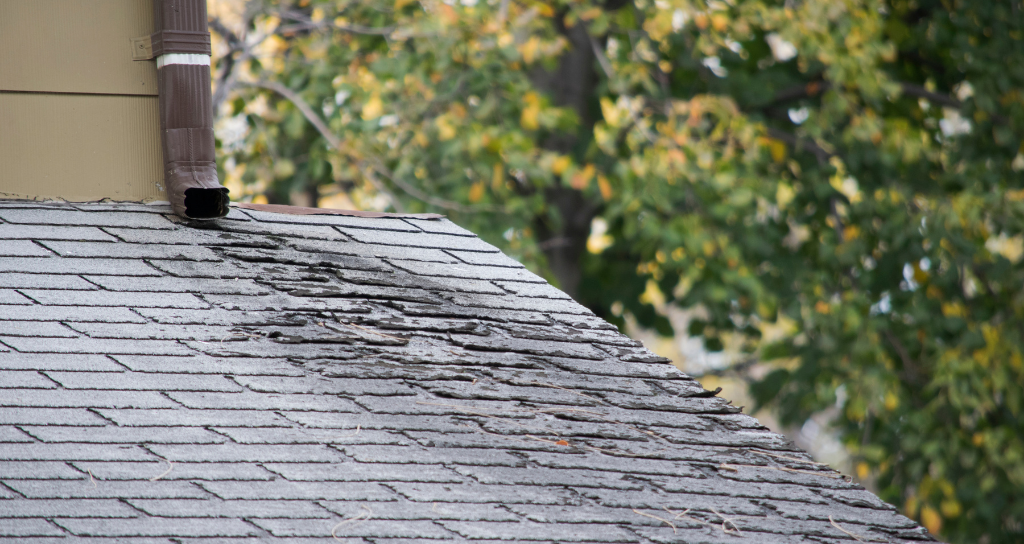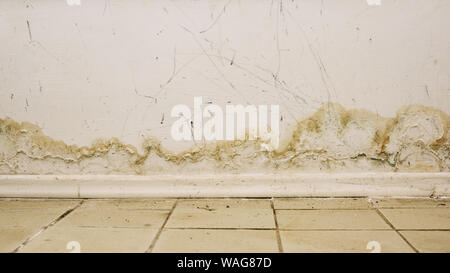
Mold can grow within 24-48 hours after a water event. When you take time to assess the damage, you’ll know whether mold has developed inside your house.


We do not recommend walking out onto your roof, which is dangerous and could result in body damage in addition to the water damage you already have.
#Water spots on ceiling after heavy rain how to#
If you need to know how to stop a roof leak in the rain, access your attic area to find the water’s point of entry.
#Water spots on ceiling after heavy rain cracked#
Telltale things to make note of are decaying seals and cracked shingles. The more you know about where the water is coming in, the better able you are to relay this information to a water damage professional. It could be through a skylight, a hole in your roof, or through the soffit. Next, you need to investigate where the rainwater is entering your home. Try to dry any pooled water from floors and carpet and if you can do so safely, run a fan to help dry out fabric and carpets. Remember to cut power to the room in case the water could come into contact with any electrical outlets. If you are able to, move valuable or sentimental items to an unaffected room. If you can divert the water from your floors and furnishings, you can minimize the damage or avoid having to replace them later. Below, we cover these steps in more detail.Īs soon as you notice that your roof or ceiling is leaking, find as many buckets, bowls, or large containers to collect as much of the rainwater as possible. Finally, assess the damage the leak has caused. After you search for the source of the leak, inspect your home’s attic. Next, search for the source of the leak in the ceiling when it rains. First, try and protect your home’s interior and contents. If the hole in your roof is not patched right away, and it can’t be done during a storm, water will accumulate and end up seeping through the attic floor into the rest of the house.Įven if you don’t know how to stop a roof leak in the rain, you can take steps i f r ainwater is dripping through the ceiling to minimize the damage to your home. If you can access the attic, look for holes, gaps, and any other openings.

If a storm causes a c eiling leak from rain, the culprit is likely a hole in your roof. What Causes Water To Leak Through Ceiling During A Storm? When a leak happens at home or at your business, we’re only a quick call away.Ĭall us today for more information or to schedule an appointment! Our customers rave about our professionalism and attention to detail. We’re water damage restoration experts in Denver with the training and experience to fix leaks and repair the damage they caused. HRS Restoration Services is your go-to when your roof leaks in heavy rain or when your plumbing goes kaput. Make sure to collect as much water as you can with buckets and mop up the excess. If the leak is in your home’s plumbing, find the main water valve shut-off valve to stop the flow of water. If you live in an area where precipitation is common and your roof is leaking, you can place a tarp on top of your roof. If you have a leaky roof or ceiling, there are a few things you can do in the meantime. Leaky ceilings may have some of the same causes as leaky roofs and burst or leaky plumbing pipes is another factor in ceiling leaks. Other weather events have damaged or removed your shingles, you may have clogged gutters, holes may have developed in your roof, or your roof may be at its expiration point. There are many reasons that roofs and ceilings leak during heavy rain.


 0 kommentar(er)
0 kommentar(er)
